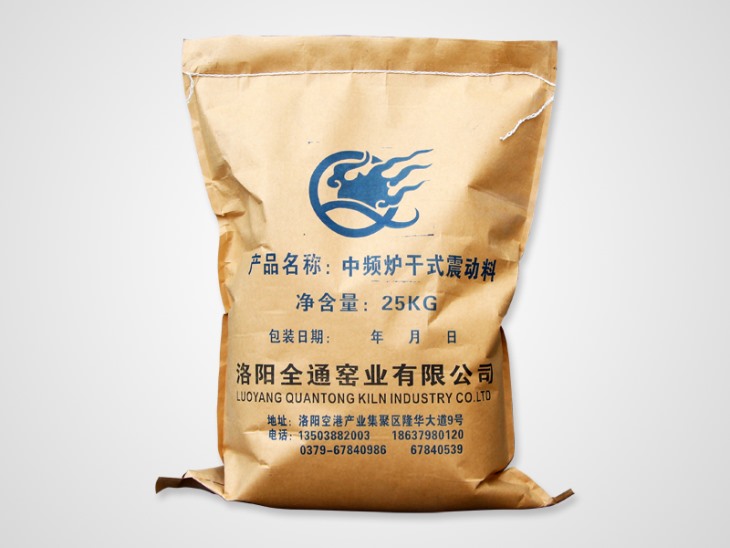What is the material of the intermediate frequency furnace lining
Lining material for intermediate frequency furnace lining,Intermediate frequency furnace liningAlso known as intermediate frequency furnace charging, intermediate frequency furnace dry vibration, intermediate frequency furnace dry charging, intermediate frequency furnace ramming material, etc., divided into acidic, neutral, basic furnace lining, acid furnace lining is mainly high-purity quartz, fused silica The raw material is composite additive as sintering agent; the neutral furnace lining is mainly made of alumina and high alumina material, and the composite additive is used as sintering agent; the basic furnace lining is high-purity fused corundum, high-purity fused magnesia , High-purity spinel is used as the primary raw material, and composite additives are used as sintering agents.
Alkaline furnace lining: It is mainly used for melting all kinds of high alloy steel, carbon steel, high manganese steel, high chromium steel, tool steel, stainless steel and other alloy steels.
Acid lining: Mainly used for the working lining of coreless induction furnaces for melting and holding cast iron.
Acid, neutral and basic furnace linings are widely used in coreless intermediate frequency furnaces and cored induction furnaces, as intermediate frequency furnace lining materials for melting gray cast iron, ductile iron and cast iron alloys, melting carbon steel, alloy steel, high manganese Steel, tool steel, heat-resistant steel, stainless steel, molten aluminum and its alloys, molten copper, brass, cupronickel and bronze and other copper alloys.
Through the above explanation, you should have a preliminary understanding of what the material of the intermediate frequency furnace lining is.
Luoyang Quantong Kiln Industry Co., Ltd. is a comprehensive high-tech company integrating R&D, production, sales and construction services. The company serves large and medium-sized circulating fluidized bed boilers in the power industry. The main materials are: high-strength wear-resistant refractory castables , Wear-resistant corundum plastics, self-flow wear-resistant corundum castables, medium-heavy and slightly expanded plastics, lightweight thermal insulation concrete, high-performance high-aluminum castables, high-temperature binders, high-temperature cement and plastering materials, various ramming materials More than 160 kinds of unshaped products and shaped products in 20 series, such as punching materials, high-strength wear-resistant corundum bricks, ladle breathable bricks, silicon carbide bricks, intermediate frequency furnace linings, special-shaped wear-resistant refractory bricks, thermal insulation bricks, etc. Overseas. At the same time, the company has established a strong construction team to ensure the high-quality use of the products. We sincerely welcome your inquiries.

Related News
- Introduction of construction method of ramming material in intermediate frequency furnace
- How to choose the material of furnace lining
- The difference between rammer and castable
- Application direction of intermediate frequency furnace refining
- Introduction to the construction method of dry ramming material
- Do you know the production process and control points of breathable bricks?
- The application of argon blowing technology at the bottom of the intermediate frequency furnace
- Method for prolonging service life of intermediate frequency furnace lining
- In addition to diffused breathable bricks, there are those types of breathable bricks
- What are the advantages of coil cement
- How to remedy cracks in ramming material
- Introduction to the solution to cracks in the ramming material of the intermediate frequency furnace
- What are the advantages of using coil cement
- What kind of furnace lining is qualified
- Introduction to the causes of damage to the lining of the electric furnace
- Introduction of remedies for cracks in ramming material
- Difference analysis between dry and wet charging of intermediate frequency furnace charge
- What are the methods to improve the success rate of ladle blowing with argon
- Introduction to the difference between dry vibrating material and ramming material
- Analysis of the characteristics of diffused breathable bricks


